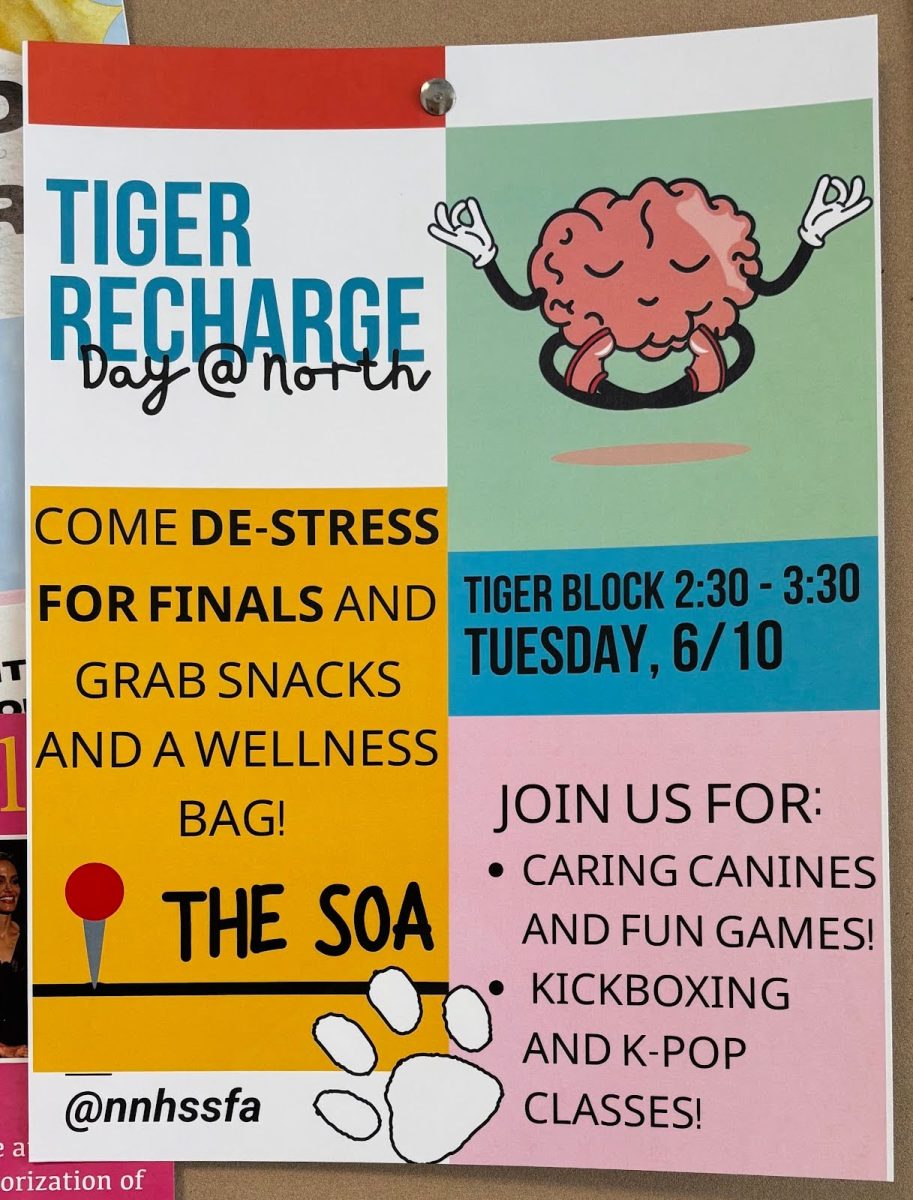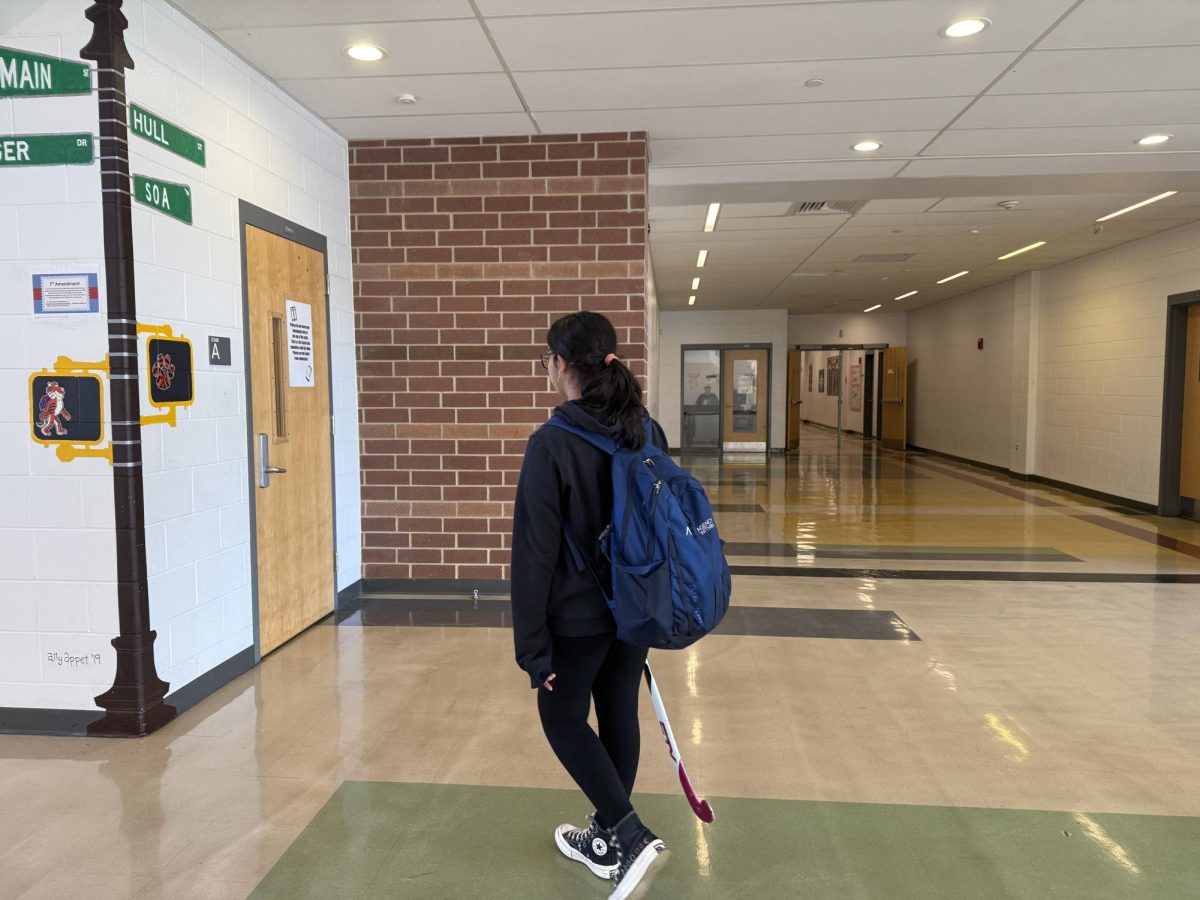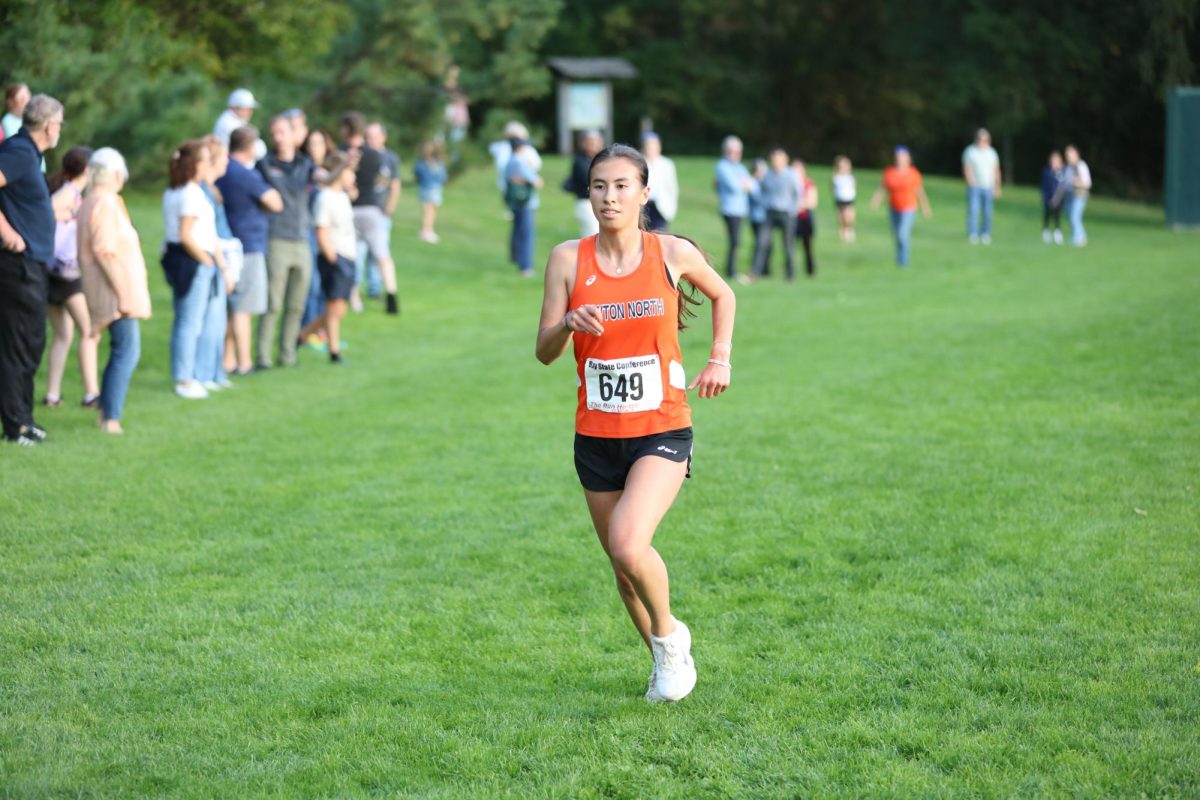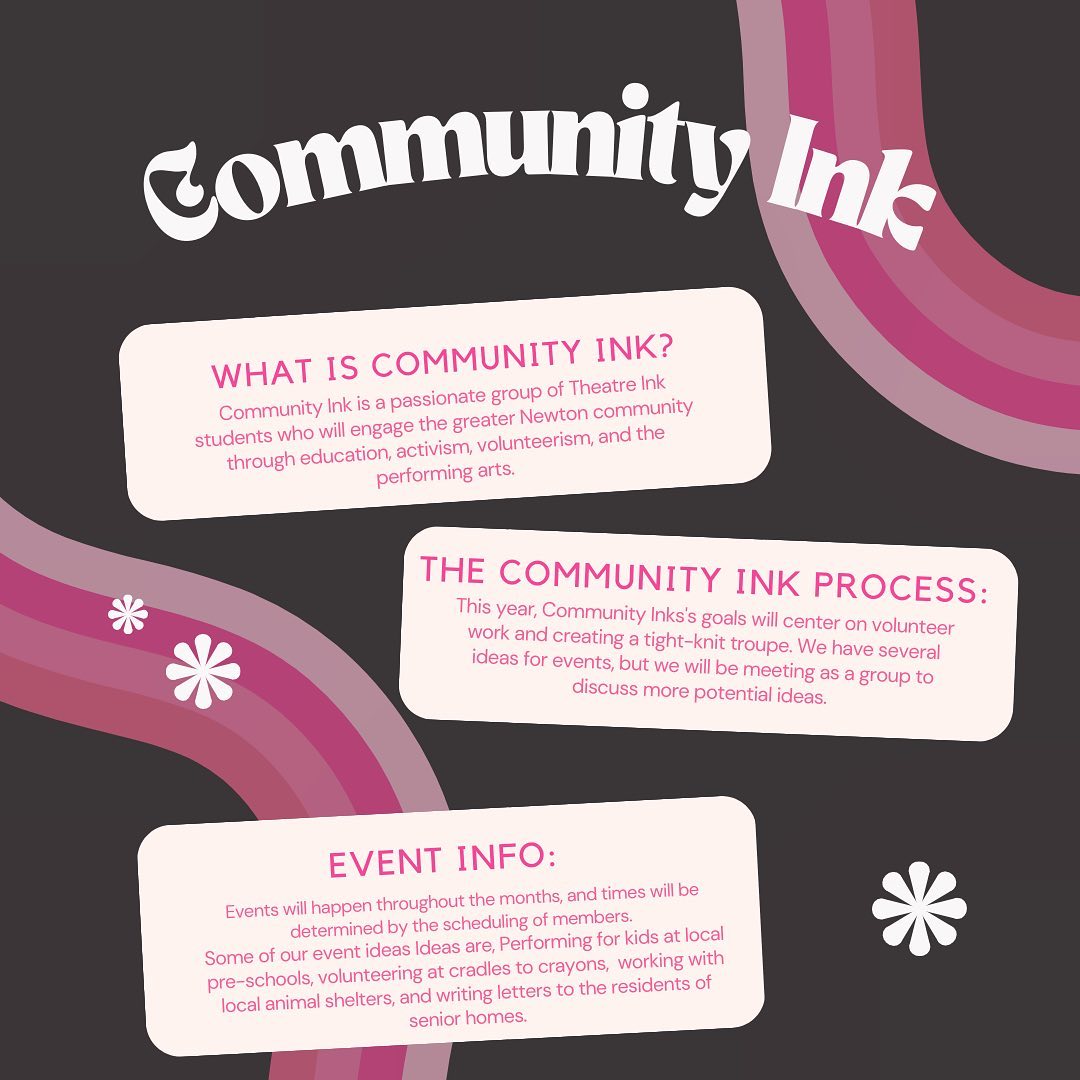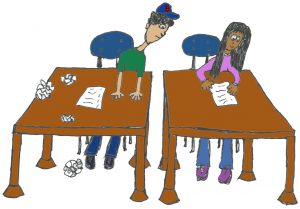
by Julia Oran
Cheating is an age-old problem, but as the use of technology has made it easier for students to cheat, teachers are looking for more ways to prevent cheating.
Science teacher Jo-Anne Purdy said that throughout her career as a teacher, she has noticed a rise in cheating because sharing data has become too easy.
In addition, she said that teachers often encourage their students to work together in groups, so when students must work alone, it feels incredibly difficult and sometimes impossible.
Purdy considers cheating to be taking someone else’s work and putting one’s name on it. However, Purdy said she allows sharing, which differs from cheating in that students work together, but still each produce their own unique work.
Purdy said she has a few different strategies to reduce students’ ability to cheat. One strategy is to make different versions of tests so students sitting next to each other cannot copy each other’s work and so students in different blocks cannot know what will be on their test ahead of time.
This year, she also started giving group quizzes, which allow students to work together and resist the urge to cheat instead of copying off of each other.
Purdy said she has noticed that it is especially easy to cheat on lab reports because students share their results, so she tries to post all of the data online and have students present more frequently as a group.
She added, “I truly can’t believe that people have tried to hand in work that is so similar.” She said that when she receives work that is almost identical, it is rather obvious that the students cheated on the assignment.
So far this year, Purdy said she has not caught any cheaters, but in the past, she usually has had five or six students a year who are caught and punished.
English department head Melissa Dilworth said she has also noticed an increase in plagiarism in the last few years.
She said, “However, it is difficult to discern whether this rise is due to an increase in cheating or an increase in our awareness. We certainly have discussed plagiarism more often and have become more vigilant in detecting plagiarism.”
According to Dilworth there are a variety of ways to cheat, but plagiarism is a more specific type of cheating. According to the Orange Handbook, “Plagiarism is the improper use of, or failure to give credit to, another person’s writings, visual or musical representation, or ideas. It can be an act as subtle as inadvertently neglecting to use quotation marks or references when using another source or as blatant as knowingly copying an entire paper, or parts of a paper, and claiming it as your own.”
In an attempt to prevent or catch plagiarism, Dilworth said teachers have been using Turnitin, an online plagiarism checker and grading tool, more than they did five years ago, which she said can be effective.
Dilworth said teachers also come to recognize their students’ writing styles, so “when a work departs from what we usually see, it makes us question its authenticity. It is easy to do a quick search and figure out if a student is using work that isn’t his or her own.”
She added that Turnitin is not the only, or even most significant, tool that teachers use. Dilworth said teachers try to educate their students on plagiarism and “the importance of integrity” by discussing it at the beginning of every year.
In addition, Dilworth said teachers “build inclusive classrooms based on trust and mutual respect.
“An ongoing dialogue between teachers, parents and students is essential here if we are to promote real learning and help students avoid the seemingly ‘easy’ trap of cheating.”
Unlike Dilworth and Purdy, math teacher Dennis Klem said he has actually seen a decline in cheating from a period about six years ago when the math department discovered much more cheating.
He said that each year he discusses his expectations with his classes and has a conversation about what he views to be cheating.
Klem said, “Cheating is giving or receiving assistance on any graded assignment—test, quiz or take-home—from another student.”
For graded assignments, he does not allow his students to consult resources, such as the Internet or books, for answers, but students may work together as long as they show their own work.
In addition, Klem has a very unique approach to preventing cheating—an honor code, which students must sign for every quiz, test or problem set.
He said that when he worked at a private school during the summer of 2007, “the school had an honor code by which it expected its students to adhere.
“From that experience, I now believe that signing the honor statement shows that the teacher has trust in his students to work to the best of their own abilities.”
Klem added, “By asking the students to sign the statement, I am also asking them to consider the type of actions that define them.
“I hope that, by having the students consider this question every time they submit work, they will make the ethical decision each time.”





